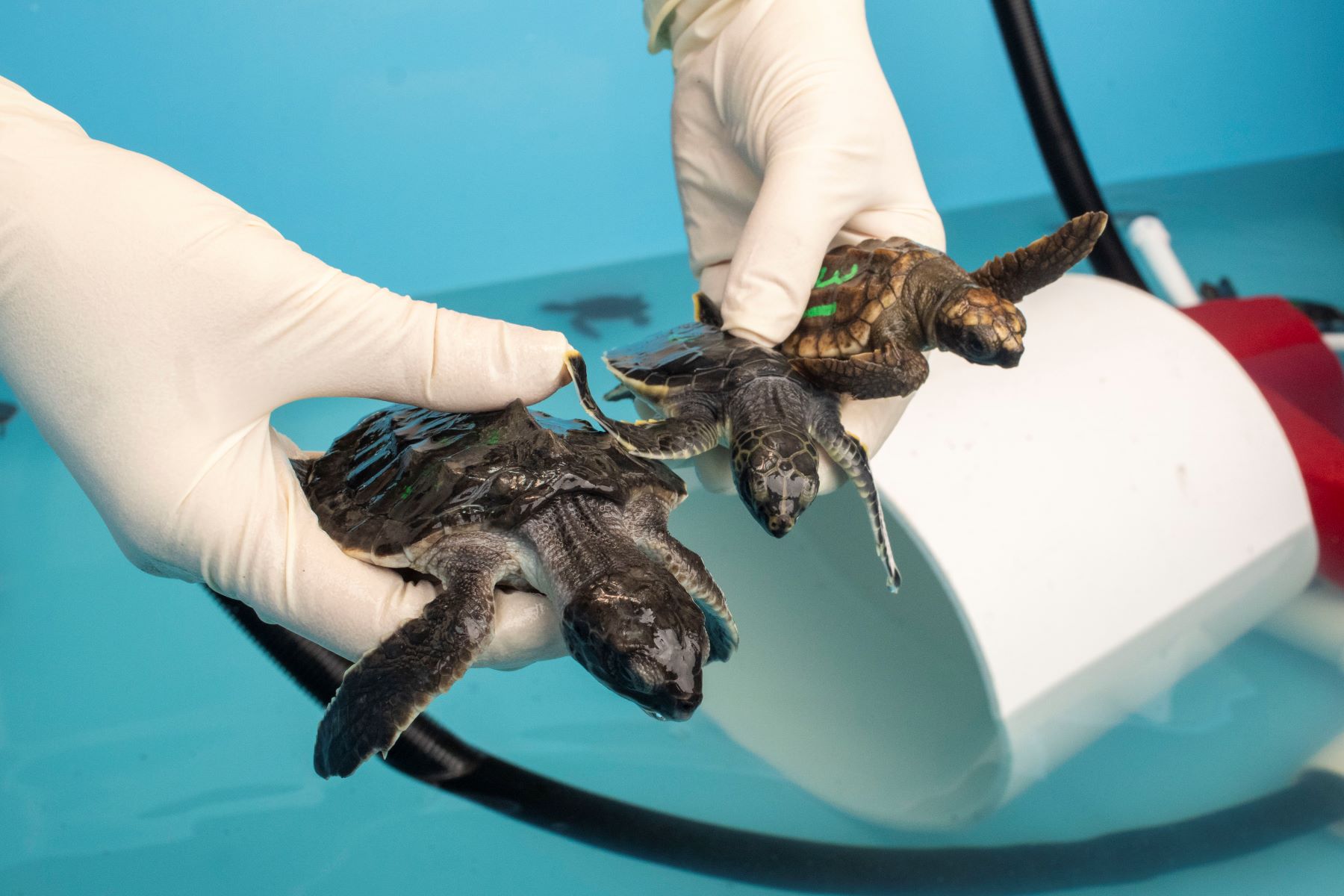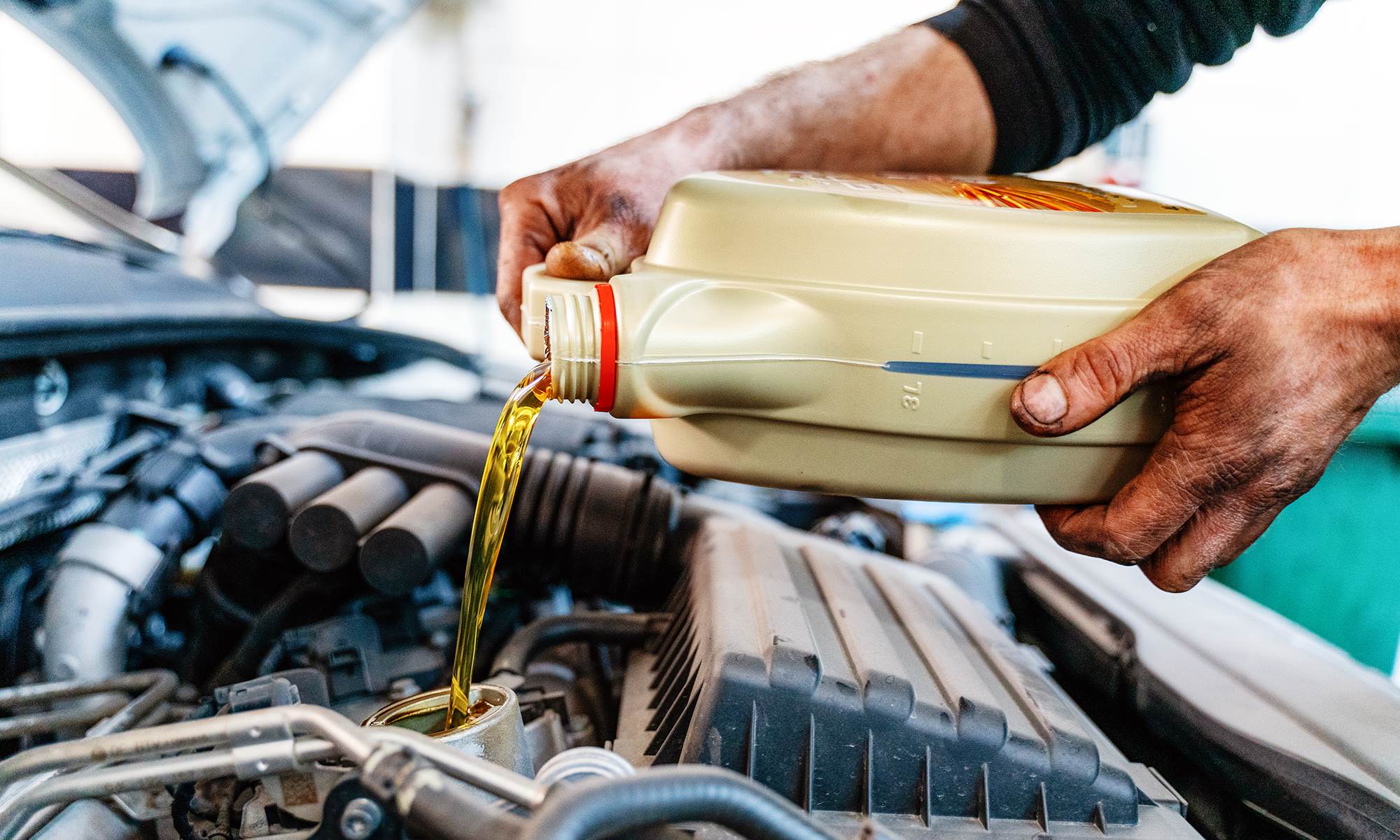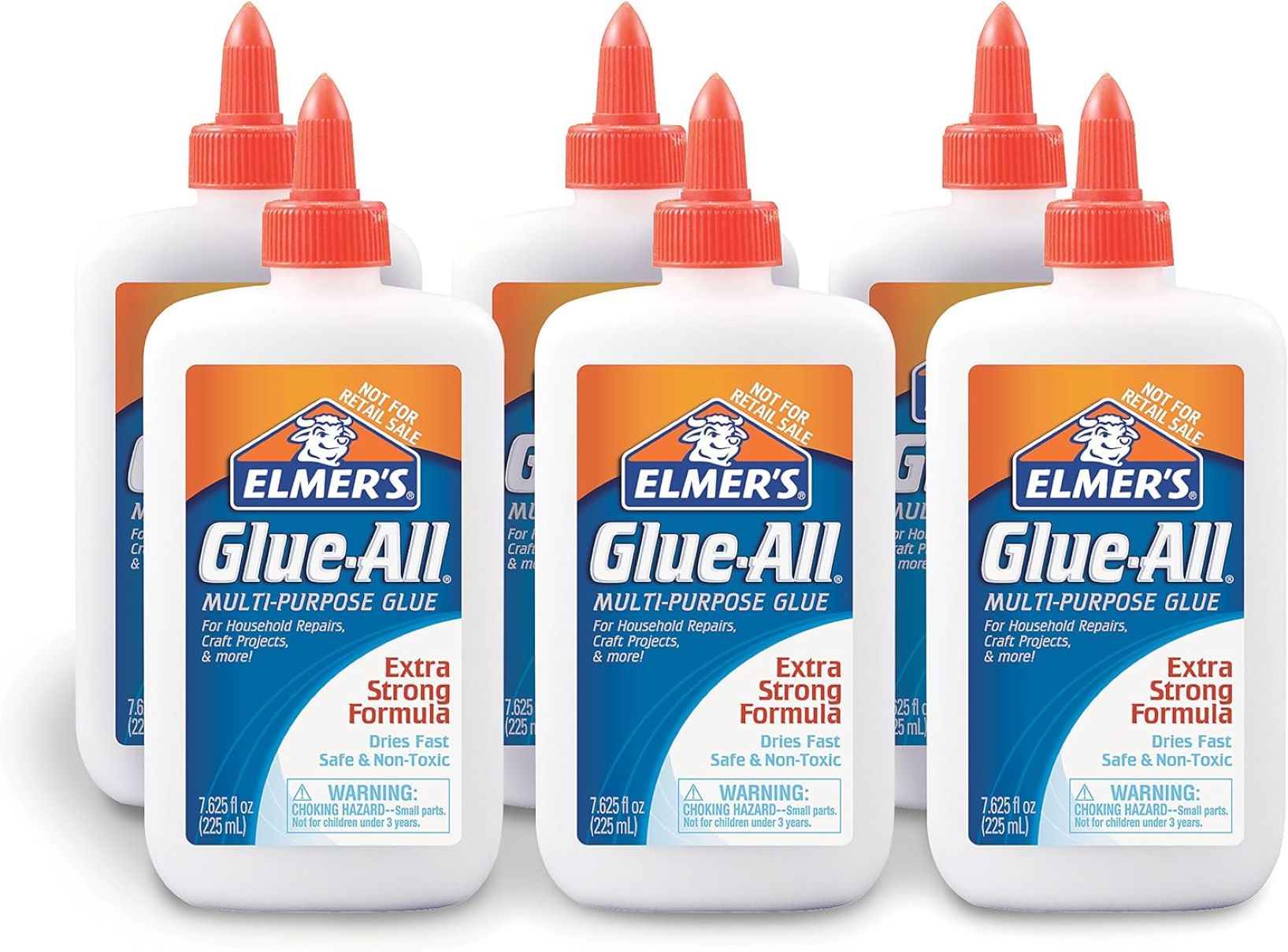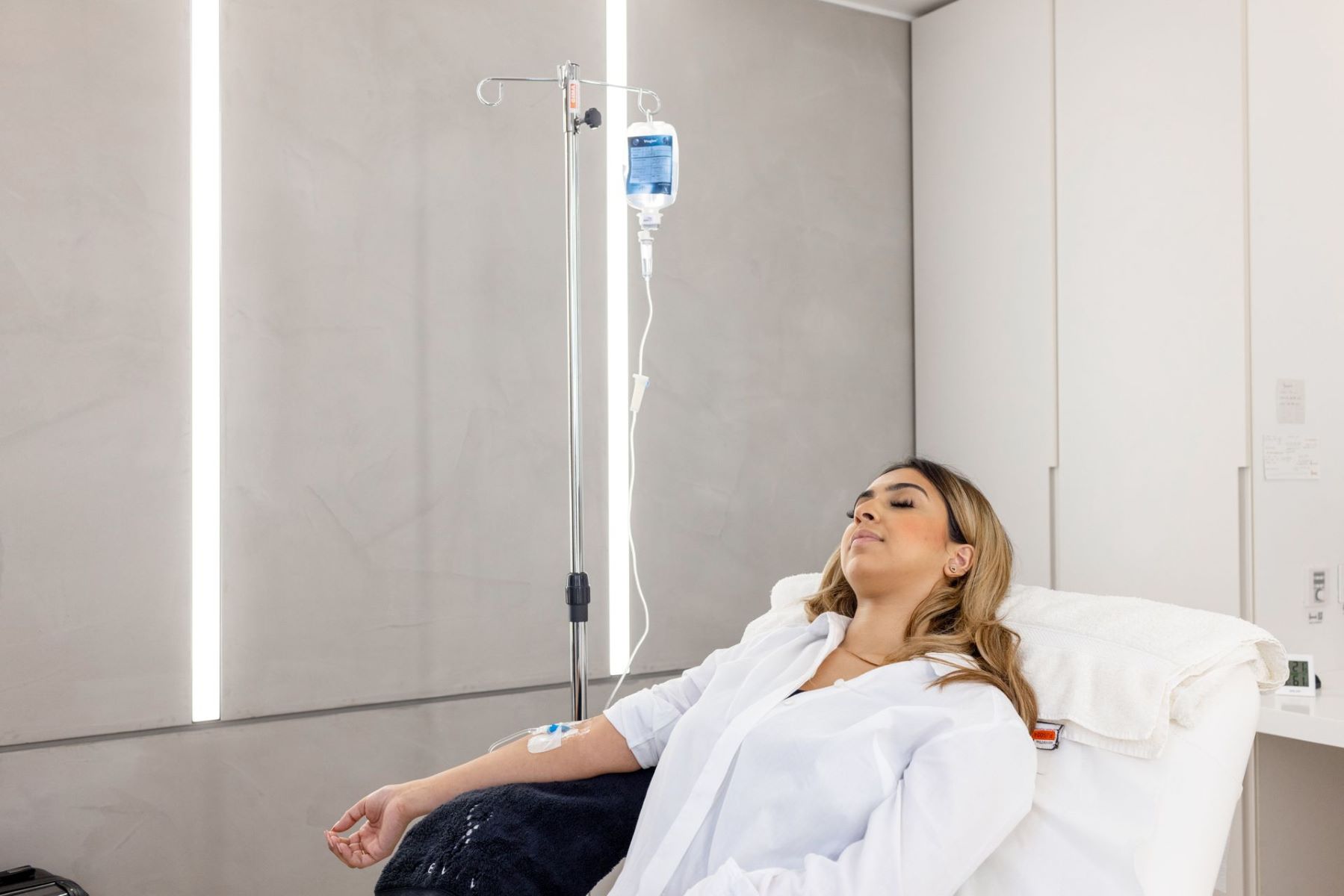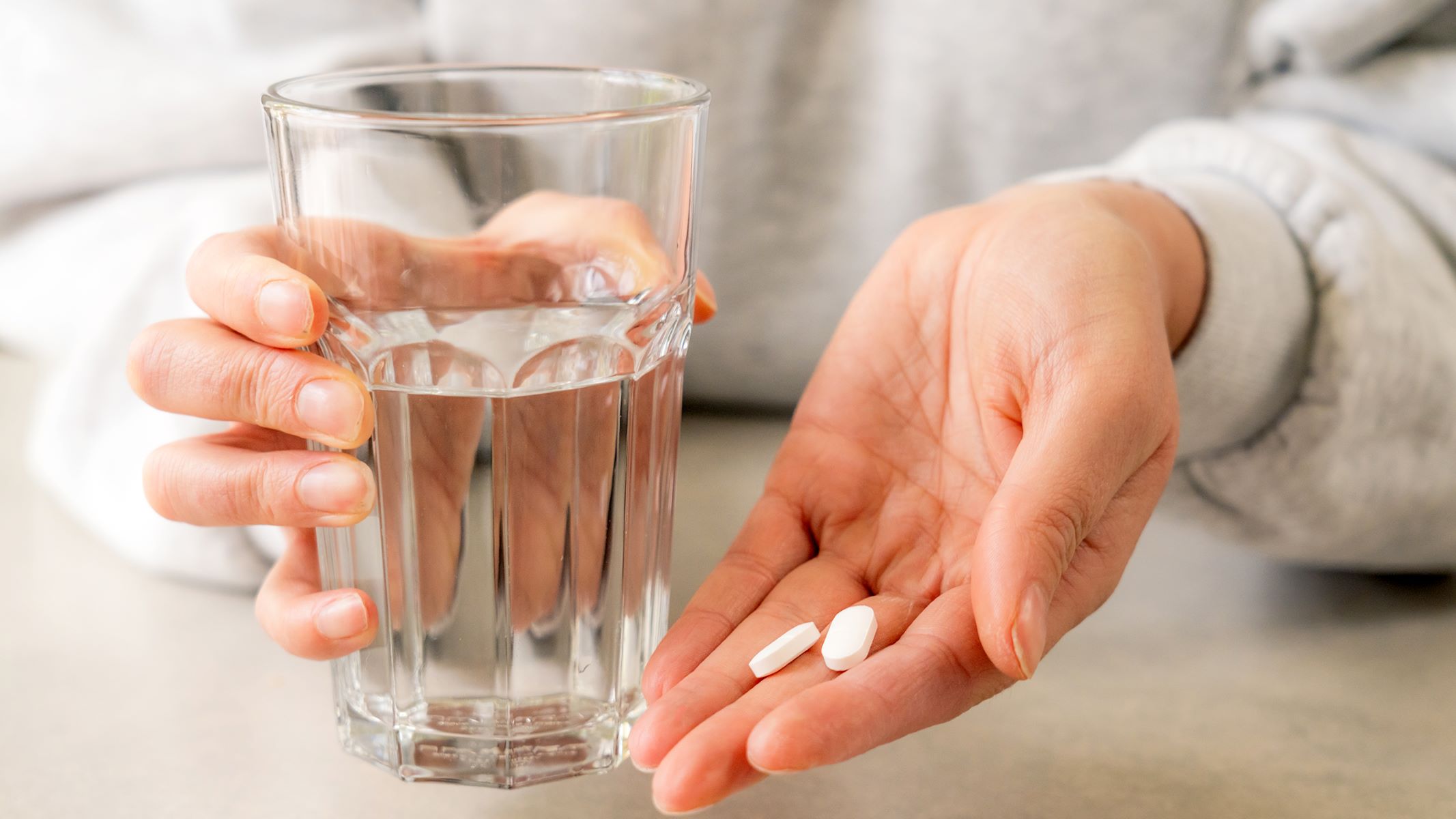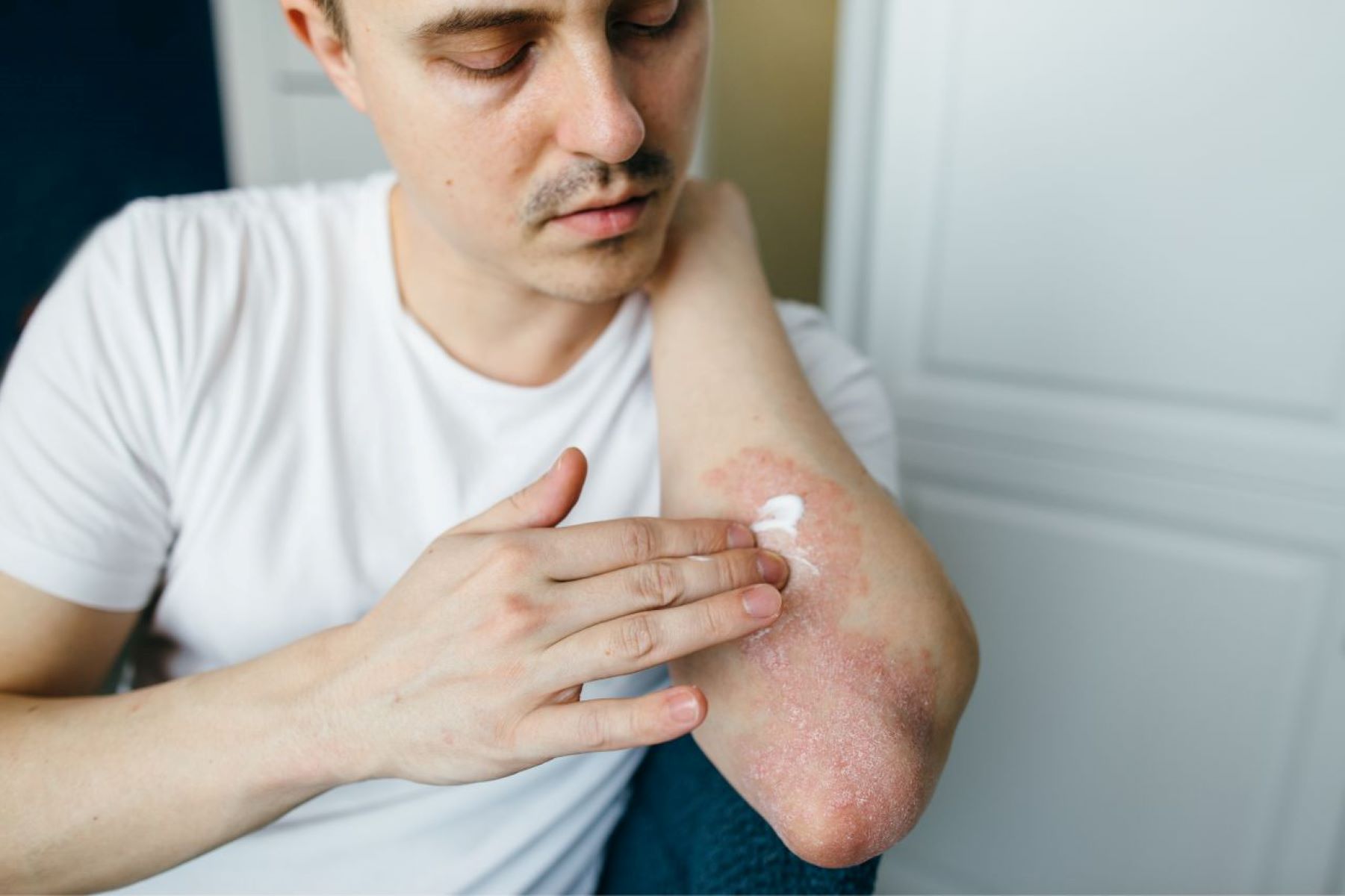Home>Home and Garden>The Surprising Truth About How Long You Should Wait After Shocking Your Pool
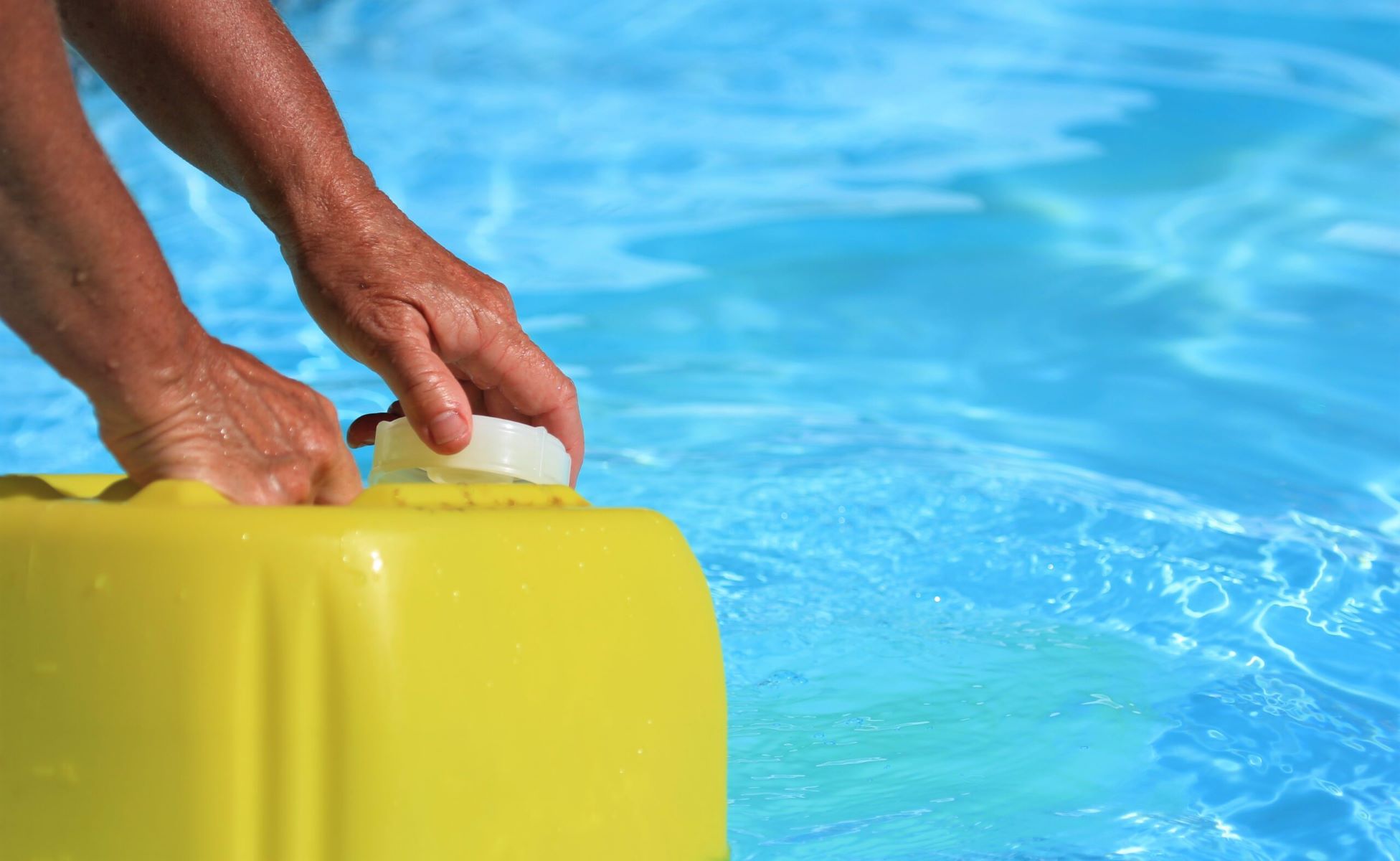

Home and Garden
The Surprising Truth About How Long You Should Wait After Shocking Your Pool
Published: February 10, 2024
Discover the ideal wait time after shocking your pool. Get expert advice on home and garden maintenance for a clean, refreshing pool.
(Many of the links in this article redirect to a specific reviewed product. Your purchase of these products through affiliate links helps to generate commission for Regretless.com, at no extra cost. Learn more)
Table of Contents
Introduction
Shocking your pool is a crucial aspect of pool maintenance, as it helps to eliminate organic contaminants, bacteria, and algae, ensuring that your pool water remains clean and safe for swimming. However, there is often confusion surrounding the ideal duration to wait after shocking a pool before it is safe for swimming. The answer to this question is not as straightforward as one might think, and various factors come into play when determining the waiting time.
Understanding the science behind pool shocks and the intricate balance of chemicals in your pool water is essential for making an informed decision. Factors such as the type of shock used, the current condition of the pool, and environmental elements can significantly impact the waiting period. Additionally, the importance of testing the water after a shock cannot be overstated, as it provides valuable insights into the effectiveness of the shock treatment and the overall water quality.
In this article, we will delve into the fascinating world of pool maintenance and explore the surprising truth about how long you should wait after shocking your pool. By unraveling the science behind pool shocks and examining the factors that influence the waiting time, we aim to empower pool owners with the knowledge they need to maintain a safe and pristine swimming environment for themselves and their loved ones. So, let's embark on this enlightening journey into the realm of pool maintenance and discover the secrets to achieving crystal-clear, inviting pool water.
The Science Behind Pool Shocks
Shocking a pool involves adding a concentrated dose of chemicals, typically chlorine or non-chlorine oxidizers, to the water. This process serves two primary purposes: to eliminate organic contaminants and to break down chloramines, which are the byproducts of chlorine sanitization. Understanding the chemical reactions and biological processes that occur during a pool shock is essential for comprehending the optimal waiting time before the pool is safe for swimming.
When a pool shock is added, it rapidly elevates the free chlorine level in the water. This surge in chlorine concentration effectively eradicates bacteria, algae, and other organic pollutants that may have accumulated in the pool. Moreover, the shock treatment oxidizes chloramines, which are responsible for that distinct "chlorine smell" often associated with poorly maintained pools. By breaking down chloramines, the shock helps to restore the water's clarity and eliminates any unpleasant odors, resulting in a more pleasant swimming experience.
The duration required for the shock treatment to complete its chemical reactions and achieve its intended effects varies depending on several factors. The type of shock used, the initial condition of the pool water, and environmental influences such as temperature and sunlight exposure all play a significant role in determining the optimal waiting time. Additionally, the presence of organic contaminants and the level of chloramines in the water can impact the duration needed for the shock to fully dissipate and restore the water to a safe and balanced state.
In essence, the science behind pool shocks revolves around the intricate interplay of chemicals and biological processes. By comprehending the underlying mechanisms at work during a pool shock, pool owners can gain a deeper appreciation for the importance of allowing sufficient time for the shock treatment to take effect. This understanding forms the foundation for making informed decisions regarding the post-shock waiting period, ultimately contributing to the maintenance of a clean, healthy, and inviting pool environment for all to enjoy.
Factors Affecting Waiting Time
The waiting time after shocking a pool before it is safe for swimming is influenced by a multitude of factors that collectively determine the effectiveness of the shock treatment and the overall water quality. Understanding these factors is crucial for making informed decisions regarding the optimal waiting period, thereby ensuring a safe and enjoyable swimming experience for all.
-
Type of Shock Used: The type of shock applied to the pool water significantly impacts the waiting time. Chlorine-based shocks typically require a longer waiting period compared to non-chlorine oxidizers. This is due to the chemical composition and strength of the shock, as well as the specific reactions it catalyzes within the water.
-
Initial Condition of the Pool Water: The starting condition of the pool water, including the levels of organic contaminants, chloramines, and algae, plays a pivotal role in determining the waiting time after a shock. Heavily contaminated water may require a more extended period for the shock treatment to fully eradicate impurities and restore water clarity.
-
Environmental Elements: External factors such as temperature, sunlight exposure, and weather conditions can influence the waiting time. Higher temperatures and prolonged exposure to sunlight can accelerate the dissipation of chlorine and other chemicals, potentially shortening the waiting period. Conversely, cooler temperatures and reduced sunlight may prolong the time needed for the shock to take full effect.
-
Presence of Organic Contaminants: The concentration of organic contaminants in the pool water directly impacts the waiting time. Higher levels of organic matter necessitate a longer waiting period to allow the shock treatment to thoroughly eliminate impurities and restore the water to a safe and balanced state.
-
Level of Chloramines: The presence of chloramines, which are formed as a byproduct of chlorine sanitization, can extend the waiting time after a shock. Breaking down chloramines requires additional time, particularly in pools with high chloramine levels, before the water is deemed safe for swimming.
By considering these factors and their collective influence on the waiting time after a pool shock, pool owners can make informed decisions tailored to their specific pool conditions. This comprehensive approach ensures that the shock treatment is given adequate time to take full effect, ultimately contributing to the maintenance of a clean, healthy, and inviting pool environment for all to enjoy.
The Importance of Testing
Testing the pool water after a shock treatment is an indispensable aspect of maintaining water quality and ensuring a safe swimming environment. This crucial step provides valuable insights into the effectiveness of the shock treatment, the current chemical balance of the water, and the overall safety for swimmers. By conducting comprehensive testing following a pool shock, pool owners can make informed decisions regarding the readiness of the water for swimming and take appropriate measures to address any imbalances or deficiencies.
One of the primary purposes of testing the pool water after a shock is to assess the residual chlorine levels. After a shock treatment, it is essential to verify that the free chlorine concentration has returned to a safe and balanced range. Excessively high chlorine levels can pose health risks to swimmers, causing skin and eye irritation, while inadequate chlorine levels may indicate insufficient sanitation, potentially leading to the growth of harmful bacteria and algae. By testing the residual chlorine levels, pool owners can ensure that the water is within the recommended range for safe swimming, thereby safeguarding the well-being of pool users.
In addition to assessing chlorine levels, testing the water after a shock enables the evaluation of pH levels, alkalinity, and stabilizer (cyanuric acid) levels. Maintaining proper pH and alkalinity is critical for water balance, as imbalances can affect chlorine effectiveness and lead to corrosion or scaling of pool surfaces and equipment. Stabilizer levels, on the other hand, play a key role in protecting chlorine from degradation due to sunlight exposure. By testing these parameters, pool owners can identify any deviations from the ideal ranges and take corrective actions to restore water balance and ensure optimal sanitation.
Furthermore, post-shock testing allows for the detection of any residual impurities or contaminants that may persist in the water. This includes the presence of organic matter, chloramines, and algae, which can compromise water quality and pose health risks to swimmers. By conducting comprehensive water testing, pool owners can ascertain the effectiveness of the shock treatment in eliminating impurities and address any lingering issues that may impact water clarity and safety.
Ultimately, the importance of testing the pool water after a shock cannot be overstated. It serves as a critical quality control measure, enabling pool owners to verify the effectiveness of the shock treatment, assess water balance, and identify any lingering impurities or imbalances. By leveraging the insights gained from post-shock testing, pool owners can make informed decisions regarding the readiness of the water for swimming, take proactive steps to address any deficiencies, and uphold a clean, healthy, and inviting pool environment for all to enjoy.
Conclusion
In conclusion, the optimal waiting time after shocking a pool before it is safe for swimming is influenced by a myriad of factors, including the type of shock used, the initial condition of the pool water, environmental elements, the presence of organic contaminants, and the level of chloramines. Understanding these factors is essential for making informed decisions tailored to the specific conditions of the pool, ensuring that the shock treatment is given adequate time to take full effect and restore the water to a safe and balanced state.
The science behind pool shocks revolves around the intricate interplay of chemicals and biological processes. By comprehending the underlying mechanisms at work during a pool shock, pool owners can gain a deeper appreciation for the importance of allowing sufficient time for the shock treatment to complete its chemical reactions and achieve its intended effects. This understanding forms the foundation for making informed decisions regarding the waiting period after a pool shock, ultimately contributing to the maintenance of a clean, healthy, and inviting pool environment for all to enjoy.
Moreover, the importance of testing the pool water after a shock treatment cannot be overstated. Post-shock testing provides valuable insights into the effectiveness of the shock treatment, the current chemical balance of the water, and the overall safety for swimmers. By conducting comprehensive testing, pool owners can verify the readiness of the water for swimming, address any imbalances or deficiencies, and uphold a clean, healthy, and inviting pool environment for all to enjoy.
By considering the science behind pool shocks, the factors affecting waiting time, and the significance of testing, pool owners can navigate the post-shock period with confidence and ensure a safe and enjoyable swimming experience for themselves and their loved ones. Armed with this knowledge, they can make informed decisions regarding the waiting time after a pool shock, take proactive steps to address any deficiencies, and uphold a pristine and inviting pool environment for all to revel in.
In essence, the surprising truth about how long you should wait after shocking your pool lies in the intricate interplay of science, factors, and testing. By embracing this holistic approach to pool maintenance, pool owners can achieve crystal-clear, inviting pool water and create a safe and enjoyable swimming environment that enhances their leisure and relaxation.

